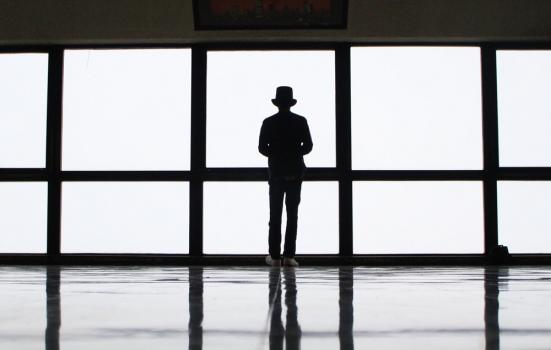A decade of diversity practice shows little has changed within Regularly Funded Organisations.

In the five years since Arts Council England (ACE) set out a mandatory Race Equality Plan for all of its regularly funded organisations (RFOs) to follow, it seems the sector has made little progress in achieving a more diverse workforce. Two annual reports recording key data on RFOs from 2007 to 2009, curiously published simultaneously by ACE at the end of last month, show transparent discrepancies between the claimed achievement of increased diversity and the reality presented by the figures on show.
ACE recorded a 20% growth between 2007/08 and 2008/09 in Black, Asian and minority ethnic (BAME) staff employed by RFOs, an increase from 8,880 to 10,691 permanent and contracted workers. However, there was also a 17% jump in white staff from 43,524 to 51,023. Comparing the profile of the 858 organisations (99% of all RFOs) who responded to the survey this year with the 820 (85%) who responded the year before, the statistics show that 11% of permanent staff were from BAME groups in 2008/09 versus 9% in 2007/08. For employees on contracts, the figure showed a similarly nominal rise from 20% in 2007/08 to 21% in 2008/09.
The small gains made in relation to BAME workers, however, were lost when it came to employing disabled staff: in 2007/08, 5% of total workers were reported as being disabled; this dropped to just 3% in 2008/09. Despite facilitating a number of key initiatives (Pearson and ACE publishing scholarships, Sustained Theatre and Decibel, to name just three) and implementing the Race Equality Scheme in 2004, ACE has not outwardly tackled what appears to be stagnant complacency within some parts of the arts sector. Funding to RFOs increased by 10% from £311m to £330m between 2007 and 2009, but the figures show the boost was not to the advantage of good diversity practice – one of the main objectives ACE was tasked with at the turn of the millennium.
Baroness Lola Young, who authored the 2006 ‘Whose Theatre?’ report (following an extensive consultation with BAME artists on how ACE might implement radical change), was dismayed: “[The arts sector] need to rethink [their] whole approach to diversity in terms of policy, practice and strategy,” she said, before outlining why she felt strongly “that creativity and diversity go together”. Young was diplomatic in terms of what could be achieved practically, and placed the onus on the sector as a whole: “I do hope we can learn from the past rather than simply dwell on it: let’s put our creative heads together and resolve to address this issue collectively, with openness, enthusiasm and energy.”
Perhaps somewhat perversely, while ACE may be slow to address problems within its portfolio of RFOs, it has made headway within its own organisation: 13% of ACE staff are from non-white backgrounds. The diversity team at ACE pointed AP to figures from the Creative Leadership Programme report on BAME leadership in the creative and cultural sector, as proof that the sector is in fact, thriving.



